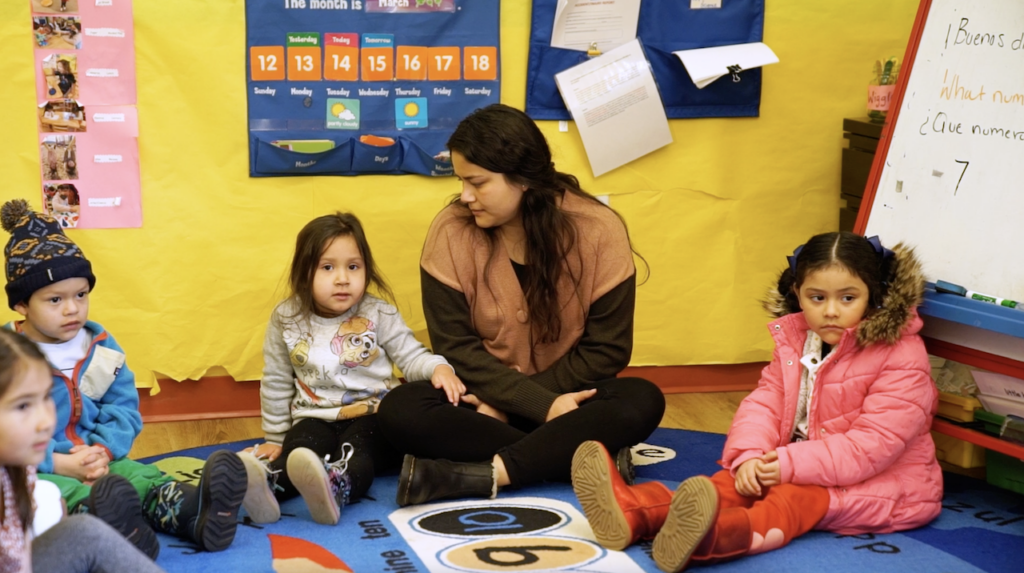In Depth Interviews with Valley Village Childcare, the Teton Literacy Center, and the Children’s Museum of Cheyenne
These three organizations are hard at work providing the best in early childhood education to the great state of Wyoming. Read their full interviews from our article on the importance of providing accessible, safe, high quality education for all.
The Children’s Museum of Cheyenne
Blog Contributors:
Monica Jennings Woodard, MA Organizational Leadership
Children’s Museum of Cheyenne Education Committee and Board Member
Former Prekindergarten Teacher, former K-12 Project Leader for Literacy Development
Heather Kibler, Learning Specialist
Wyoming Early Childhood Professional Learning Collaborative (WYECPLC)
Children’s Museum of Cheyenne volunteer
Why is it important to make stable and reliable early learning and childcare opportunities accessible to all?
How do these opportunities benefit… the child?
…the parents and family?
"Play is often talked about as if it were a relief from serious learning. But for children, play is serious learning. Play is really the work of childhood."
…the community?
What kinds of obstacles stand in the way of accessible early learning and childcare opportunities?
How can we help make early learning and quality childcare available to all?
“In the hand of a newborn babe, lies the seed of the next generation.”
Why is it important to make stable and reliable early learning and childcare opportunities accessible to all?
How do these opportunities benefit… the child?
…the parents and family?
…the community?
What kinds of obstacles stand in the way of accessible early learning and childcare opportunities?
How can we help make early learning and quality child care available to all?
Teton Literacy Center
Blog Contributor:
Lina Collado, Director of Outreach
Family Partnerships and Program Development
Why is it important to make stable and reliable early learning and childcare opportunities accessible to all?
How do these opportunities benefit the child?
…the parents and family?
…the community
What kinds of obstacles stand in the way of accessible early learning and childcare opportunities?
How can we help make early learning and quality child care available to all?
There are two interviews we have on early childhood educators with our teacher Marina and a parent and our teacher Becca with her student Harper, on the importance of early childhood. These videos say more than anything because they really provide the insight of why all this is important and who benefits from this… and it’s anyone and everyone. It’s not a specific demographic, it’s not a specific population. It’s just a universal importance that we need to prioritize and support. That’s why showing your support is so important through conversations, blog posts, fundraisers, and more - we can all benefit from high quality early learning opportunities!

